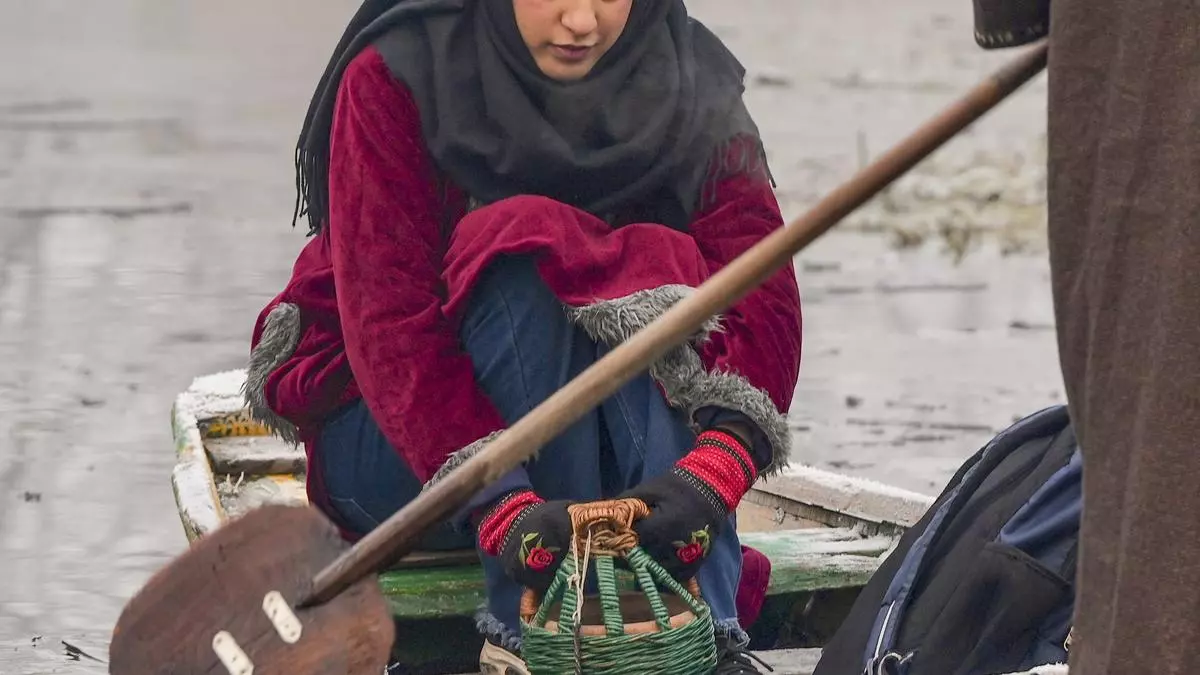As India’s coffee industry continues to evolve, sustainable practices are becoming more widespread. One approach gaining significant traction is shade-grown coffee, where coffee is cultivated under the natural canopy of trees. While shade-grown coffee has a long global history, its relevance in India is especially noteworthy due to the country’s unique biodiversity and agricultural practices.
India’s coffee-growing regions, including the Western Ghats, are recognised as biodiversity hotspots, home to a wide variety of plant and animal species. Shade-grown coffee farms in these regions play a vital role in preserving this biodiversity. Unlike sun-grown coffee, which often involves deforestation, shade-grown coffee is cultivated under existing tree cover, allowing native species to flourish.
A study by the Wildlife Conservation Society of India found that shade-grown coffee plantations in Karnataka, Kerala, and Tamil Nadu support over 100 species of birds, many of which help control pests and maintain ecological balance. This contributes to conserving biodiversity in areas that are also home to endangered species like the lion-tailed macaque and the Malabar giant squirrel.
- Read also: Hatti Kaapi eyes 100 stores in Karnataka within the next eight months
Major issue
Shade-grown coffee farming also encourages the growth of indigenous plant species. Many coffee estates integrate local flora into their agroforestry models, enhancing soil fertility through organic matter. This approach not only protects ecosystems but also improves long-term crop sustainability.
Soil erosion is a major issue in India’s coffee-growing regions, particularly during the monsoon season. In traditional sun-grown coffee farming, where land is cleared, erosion is exacerbated. However, shade-grown coffee farms offer a natural defence against soil degradation. The tree canopy helps retain soil structure, reducing erosion by 30 per cent, according to the Coffee Board of India. The leaf litter from shade trees enriches the soil, reducing the need for synthetic fertilizers and preserving land health.
As climate change threatens agriculture globally, shade-grown coffee presents a solution by reducing carbon emissions. The trees in shade-grown systems sequester carbon dioxide, helping mitigate the coffee sector’s carbon footprint. According to the Indian Institute of Plantation Management, shade-grown coffee farms in South India can capture up to 20 per cent more carbon than conventional coffee farms due to their multi-layered vegetation. Additionally, the natural shade regulates the microclimate, reducing water and chemical usage while making coffee plants more resilient to extreme weather.
- Read also: Govt says SARFEASI Act not applicable to coffee crop
Coffee Board survey
Shade-grown coffee is increasingly seen as a premium product, attracting higher prices in domestic and international markets. This offers Indian farmers an opportunity to boost their income. Brands that focus on sustainable sourcing pay a premium for high-quality, shade-grown beans, with farmers benefiting from these higher returns. A survey by the Coffee Board of India found that farmers practising shade-grown methods earn up to 25per cent more per kilogram of coffee compared to conventional methods.
Another advantage of shade-grown coffee farming is the opportunity for farmers to diversify their income by growing other crops like pepper, cardamom, and bananas alongside coffee. This diversification is critical in India, where fluctuating coffee prices and climate-related challenges often affect farm incomes. By cultivating multiple crops within the same agroforestry system, farmers create more stable economic conditions for their households. A study by the Centre for Agroecology and Food Security revealed that Indian farmers using shade-grown methods often experience a 20-30% increase in overall income due to the sale of secondary crops.
Although shade-grown coffee typically has slightly lower yields than sun-grown coffee, the reduced need for chemical inputs and the premium prices more than compensate for this. Shade trees add organic matter to the soil, reducing the need for fertilizers, while natural predators in shade-grown environments help control pests, minimizing the need for chemical pesticides.
- Read also: abCoffee appoints Rohit Tiwari as president of operations
In a country like India, where the cost of agrochemicals can be a burden for small farmers, shade-grown coffee offers an economically viable alternative. Coffee producers, in partnership with local farmers, encourage organic farming practices, further reducing input costs while maintaining high-quality production standards.
Premium’s ripple effect
The benefits of shade-grown coffee extend beyond the farm. The premium pricing has a ripple effect on local economies, particularly in rural and tribal communities. Coffee farming provides livelihoods for thousands of smallholder farmers, and the increased income from shade-grown coffee enables better living standards, education, and healthcare access for these communities.
Additionally, coffee companies are investing in community development programs that promote eco-friendly farming methods, train farmers in sustainable practices, and support environmental conservation efforts. This holistic approach ensures that both the land and the people benefit from the shade-grown model.
- Read also: Third Wave Coffee aims for 150 stores by March 2025
In conclusion, shade-grown coffee offers a sustainable and eco-friendly alternative to conventional farming, with numerous environmental and economic benefits. In India, where biodiversity conservation and soil protection are critical, shade-grown coffee supports local ecosystems while providing farmers with stable incomes. As consumer demand for ethically sourced coffee rises, shade-grown coffee is poised to play an increasingly important role in India’s coffee industry, benefiting both the environment and the farmers who nurture it.
The author is Head of Sustainability and CSR at Kelachandra Coffee







Leave a Comment